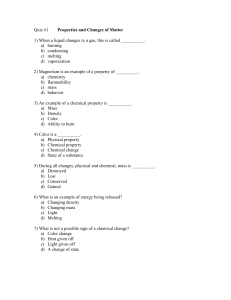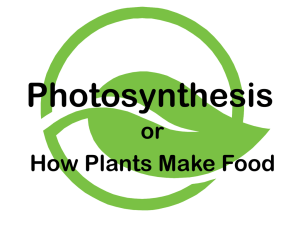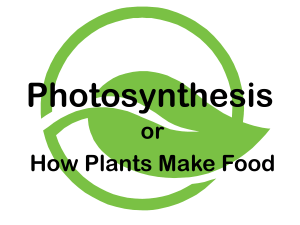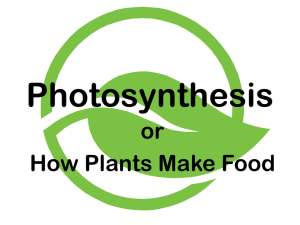matter test review
advertisement
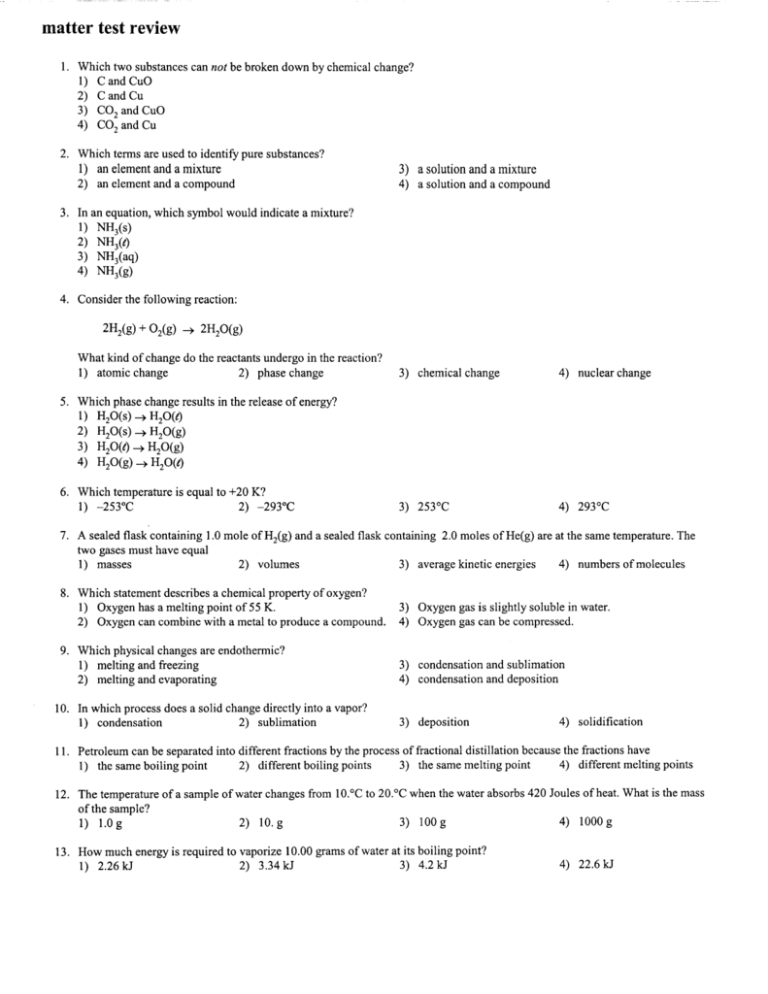
matter test review 1. Which two substances can not be broken down by chemical change? 1) CandCuO 2) CandCu 3) CO 2 andCuO 4) CO 2 andCu 2. Which terms are used to identify pure substances? 1) an element and a mixture 3) a solution and a mixture 2) an element and a compound 4) a solution and a compound 3. In an equation, which symbol would indicate a mixture? 1) NH3(s) 2) NHjft) 3) NH3(aq) 4) NH3(g) 4. Consider the following reaction: 2H2(g) + 02(g) _> 2H20(g) What kind of change do the reactants undergo in the reaction? 1) atomic change 2) phase change 3) chemical change 4) nuclear change 3) 253°C 4) 293°C 5. Which phase change results in the release of energy? 1) H20(s)-> H20(*) 2) H20(s)->H20(g) 3) H20(0->H20(g) 4) H20(g)->H20(0 6. Which temperature is equal to +20 K? 1) -253°C 2) -293°C 7. A sealed flask containing 1.0 mole of H2(g) and a sealed flask containing 2.0 moles of He(g) are at the same temperature. The two gases must have equal 1) masses 2) volumes 3) average kinetic energies 4) numbers of molecules 8. Which statement describes a chemical property of oxygen? 1) Oxygen has a melting point of 55 K. 3) Oxygen gas is slightly soluble in water. 2) Oxygen can combine with a metal to produce a compound. 4) Oxygen gas can be compressed. 9. Which physical changes are endothermic? 1) melting and freezing 2) melting and evaporating 10. In which process does a solid change directly into a vapor? 1) condensation 2) sublimation 3) condensation and sublimation 4) condensation and deposition 3) deposition 4) solidification 11. Petroleum can be separated into different fractions by the process of fractional distillation because the fractions have 1) the same boiling point 2) different boiling points 3) the same melting point 4) different melting points 12. The temperature of a sample of water changes from 10.°C to 20.°C when the water absorbs 420 Joules of heat. What is the mass of the sample? 1) 1.0 g 2) 10. g 3) 100 g 4) 1000 g 13. How much energy is required to vaporize 10.00 grams of water at its boiling point? 1) 2.26 kJ 2) 3.34 kJ 3) 4.2 kJ 4) 22.6 kJ Temperature >• 14. The graph below represents the uniform heating of a substance, starting with the substance as a solid below its melting point. / D .,/B •A ^ Time Which line segment represents an increase in potential energy and no change in average kinetic energy? 1) AB 2) BC 3) CD 4) EF 15. What amount of heat is required to completely melt a 29.95-gram sample of H2O(s) at 0°C? 1) 334 J 2) 2260J 3) 1 . 0 0 x l 0 3 J 4) 1.00 x 10 4 J 16. During a laboratory experiment, a sample of aluminum is found to have a mass of 12.50 grams and a volume of 4.6 milliliters. What is the density of this sample, expressed to the correct number of significant figures? 1) 2.717 g/mL 2) 2.72 g/mL 3) 3 g/mL 17. Which Group 15 element exists as a diatomic molecule at STP? 1) phosphorus 2) nitrogen 3) bismuth 4) 2.7 g/mL 4) arsenic 18. What is the total amount of heat energy, in joules, absorbed by 25.0 grams of water when the temperature of the water increases from 24.0°C to 36.0°C? 19. Base your answer to the following question on the diagram below concerning the classification of matter. Classification of Matter Explain, in terms of particle arrangement, why NaCl(aq) is a homogeneous mixture.


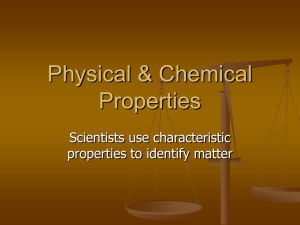


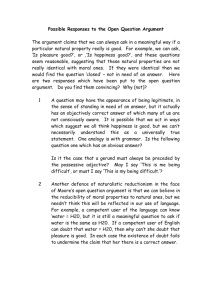
![M&M Lab Report Template [11/1/2013]](http://s3.studylib.net/store/data/007173364_1-88fa2a4b33d860a6d8d06b9423fde5c0-300x300.png)

